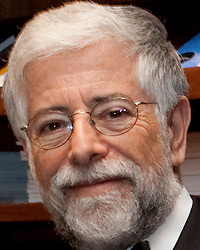 Claude Fischer, professor of sociology at UC Berkeley, recently wrote a blog post that provides a solid overview of the growth of “nones” (those who self-identify as religiously non-affiliated) over the last 30 years. The three most significant polls (GSS, Gallup, and Pew) all illustrate the rise of the “nones” from just 7% of the adult population in the United States in the 1980s to 18-20% by 2012. Fischer remarks, “By all these methods, the rise in ‘nones’ is a major American social trend.”
Claude Fischer, professor of sociology at UC Berkeley, recently wrote a blog post that provides a solid overview of the growth of “nones” (those who self-identify as religiously non-affiliated) over the last 30 years. The three most significant polls (GSS, Gallup, and Pew) all illustrate the rise of the “nones” from just 7% of the adult population in the United States in the 1980s to 18-20% by 2012. Fischer remarks, “By all these methods, the rise in ‘nones’ is a major American social trend.”
So What?
While there are many important aspects of this trend worthy of further consideration, today I choose to focus on the practical implications for the mission and ministry in the local church. If your city or town is average, then the growth of “nones” looks something like this:
- 1980s – 7%
- 1990s – 10 %
- 2000s – 15%
- early 2010s – 18-20%
Put differently, over the last 30 years we have moved from just over 1 in 15 adults without religious affiliate to right around 1 in 5. Since the youngest generations have the highest rates of religious non-affiliation, the growth is likely to continue.
- How has the rise of “nones” impacted your local congregation? More specifically, what does your local church do differently as a result of the shift in our country’s overall religious landscape?
- In what ways is this trend helpful to local churches seeking to reach out to those without a faith community to call home?